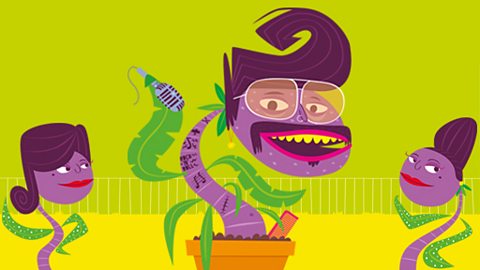Pollination
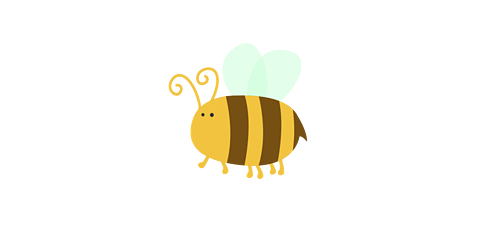
Lots of plants rely on insects like bees to reproduce.
To make a seed, a flower needs to be pollinated. This means that pollen from one flower needs to travel to another. Bees are very important for carrying the pollen between flowers.

Why are bees so important?
Bees help plants to reproduce and this is really important for all living things on our planet. To encourage bees to visit them, flowers have colourful petals and an attractive scent. Some flowers give the bees a sugary reward called nectar too.
Watch: The journey of a bee
Follow the journey of these bees as they pollinate flowers.
Flowers produce seeds
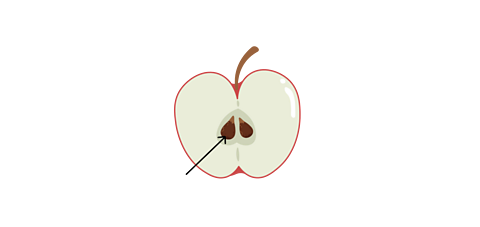
When pollen has moved from one flower to another, the flower that loses pollen will start to die. It no longer needs its colourful petals, scent or nectar. But before it dies, the flower will produce seeds.
We use many of these seeds, like corn and oats, to make foods like bread and breakfast cereal.
Some seeds are surrounded by fruit, such as apples, plums and pears which we grow and eat.

Spreading seeds
Plants spread their seeds in lots of different ways. This is called seed dispersal. Some seeds are transported by the wind and are shaped to float, glide or spin through the air.
Watch: How flowers spread their seeds
Discover the different ways plants spread their seeds.
NARRATOR: A seed contains everything a new plant needs to start growing. The moment a seed starts to grow is called ‘Germination’.
Some people plant seeds in pots or in gardens to germinate. Plants in the wild have many different ways of scattering their seeds, this is called ‘Dispersal’. The wind disperses lots of seeds that are light or can catch the breeze. But only some find a good spot to germinate.
Some plants use water to disperse seeds that float. These seeds can be carried downstream to new germination spots. Some seeds grow, safely protected in fruit. When animals or birds eat the fruit they also swallow the seeds. So when…that happens, the seed is dropped somewhere new.
Some seeds get tangled or stuck in fur or feathers, then fall off later in a different place.
Seeds are dispersed in amazingly different ways so the next generation of plants can grow and flourish.
How flowers spread their seeds
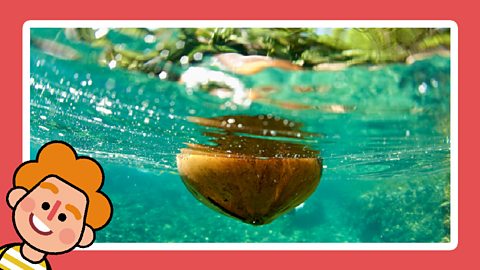
Image caption, Plants growing near a river or the sea may use the flowing water to transport their seeds.
Coconuts are seeds spread by the sea.
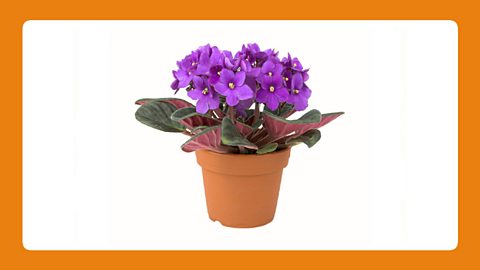
Image caption, Some seed pods are designed to explode and throw the seeds a good distance from the parent plant.
Violets have exploding seed pods.
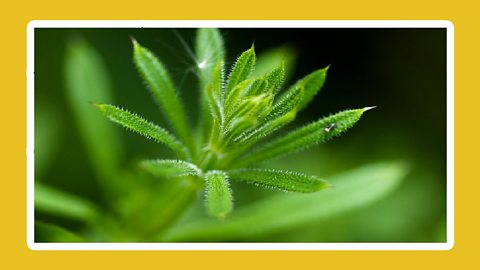
Image caption, Many plants also use animals to carry their seeds. This type of seed may have handy hooks which attach to an animal’s fur.
Goosegrass sticks to animals and our clothes.
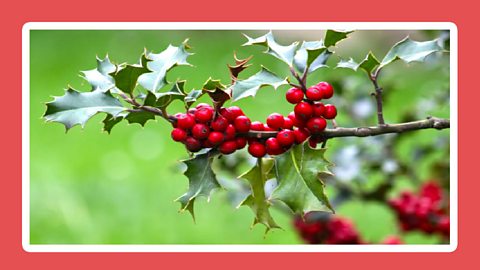
Image caption, The plants might make tasty fruit to enclose the seeds, which attract animals to eat them. The seeds pass out in the animal’s poo and grow into new plants.
Holly seeds have berries around them which are eaten by birds.

Image caption, Some seeds are transported by the wind and are shaped to float, glide or spin through the air.
Dandelion seeds are spread by the wind.
1 of 5
However a seed is spread, it will germinate and grow into a new plant when the conditions are right.
Activity 1: Order the pollination process
Activity 2: Bees and flowers quiz
Activity 3: Odd one out
Which of these plants, or products of plants, would be best at attracting bees? Explain your answer with three reasons.
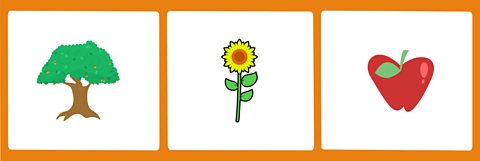
Bitesize Primary games. gameBitesize Primary games
Play fun and educational primary games in science, maths, English, history, geography, art, computing and modern languages.

More on Plants
Find out more by working through a topic
- count1 of 6
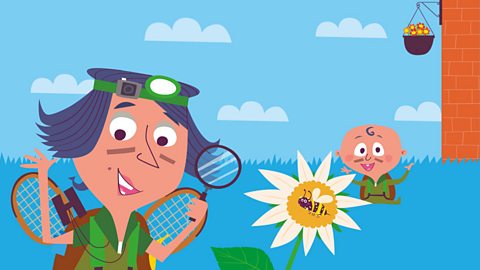
- count2 of 6

- count3 of 6
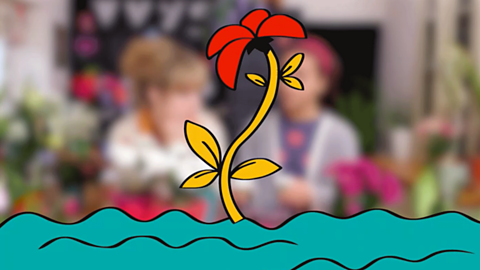
- count4 of 6
